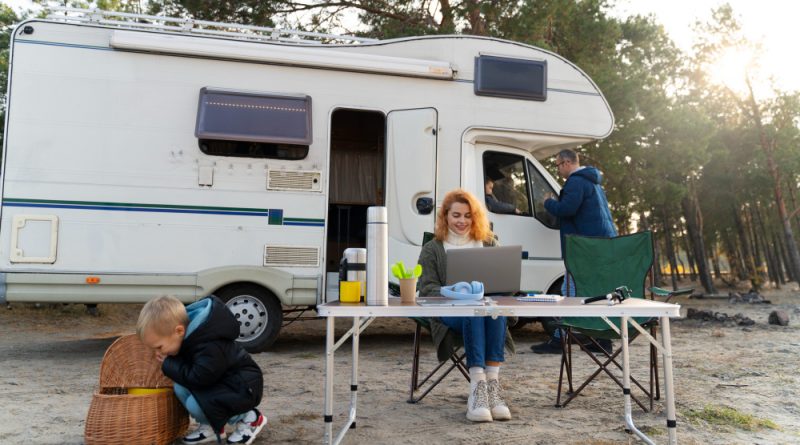Power on Wheels: Understanding the Charging Infrastructure for Electric Caravans
With the rise in popularity of electric vehicles (EVs), the concept of electric caravans has emerged, offering eco-friendly travel options for adventurers. Because of their built-in rechargeable batteries, electric caravans can go without using fossil fuels. But before we can truly embrace this new means of transportation, we need to figure out how to get electric caravans charged up and on the road.
Charging Options for Electric Caravans
Electric caravans have different charging options to ensure a continuous power supply during travel. The most common charging options are:
a) Home Charging. Electric caravans can be charged using standard electrical outlets at home. his makes it easy to get the caravan charged up for the next day of exploration while relaxing at night.
b) Public Charging Stations. Public charging facilities are available for electric caravans just like they are for electric automobiles. These stations are conveniently placed along major thoroughfares so that drivers of electric vehicles may top off their batteries on the go.
 c) Destination Charging. Some campgrounds, caravan parks, and resorts have begun constructing special charging stations for electric caravans. Tourists can top off their caravans at designated charging stations so they can continue their trip in full power.
c) Destination Charging. Some campgrounds, caravan parks, and resorts have begun constructing special charging stations for electric caravans. Tourists can top off their caravans at designated charging stations so they can continue their trip in full power.
Charging Speeds and Compatibility
Understanding charging speeds and compatibility is crucial when planning electric caravan trips:
a) Level 1 Charging. This is the slowest charging option, typically using a standard household electrical outlet. While convenient for overnight charging, it might not be suitable for longer trips due to limited power output.
b) Level 2 Charging. Level 2 chargers provide a faster charging experience, using higher voltage and amperage. These chargers are commonly found at public charging stations and destination charging points. Level 2 chargers significantly reduce charging time compared to Level 1.
c) DC Fast Charging. DC fast chargers, also known as Level 3 chargers, offer the fastest charging speeds. They are commonly available at select public charging stations and are suitable for recharging during longer journeys. However, it’s important to note that not all electric caravans are compatible with DC fast chargers, so it’s important to check compatibility before planning a trip.
Infrastructure Planning for Electric Caravans
To ensure a seamless experience while traveling with an electric caravan, careful infrastructure planning is necessary:
a) Mapping Charging Stations. Before embarking on a journey, it’s important to map out the locations of charging stations along the intended route. This ensures access to a reliable charging infrastructure at regular intervals.
b) Charge Point Accessibility. Check if the charging stations are easily accessible, considering factors such as parking space availability, charging connector compatibility and the overall layout suitable for caravans.
c) Charging Network Apps. Utilize smartphone applications or online platforms that provide real-time information about charging station availability, charging speeds, and payment methods. These apps help in locating nearby charging stations and planning stops accordingly.
Conclusion
The future of sustainable travel lies in embracing electric caravans and the charging infrastructure that supports them. Understanding the different charging options, speeds and compatibility is essential for seamless journeys. As the popularity of electric caravans grows, it is expected that the charging infrastructure will continue to expand, offering increased accessibility and convenience to electric caravan enthusiasts. So, get ready to hit the road with power on wheels and embark on eco-friendly adventures with your electric caravan.
